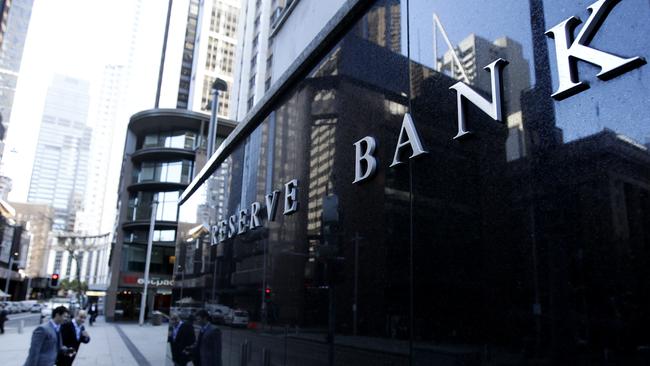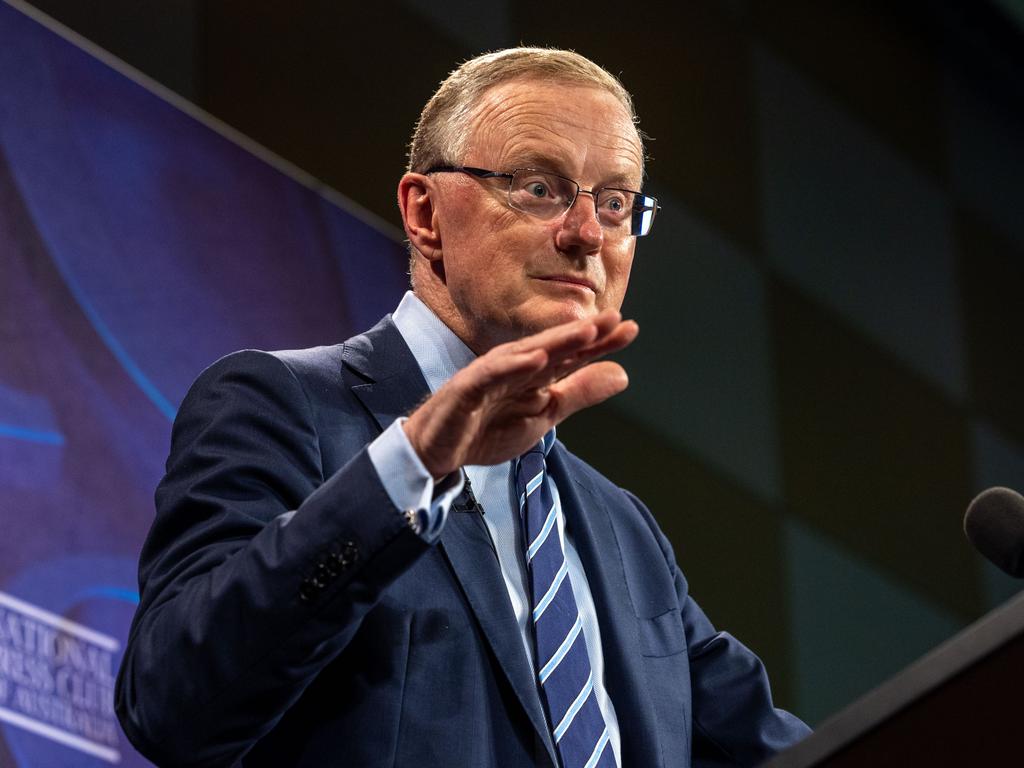RBA shake-up could lead to poor decisions
The Reserve Bank may have paid an unfair price for its recent perceived policy mistakes during Covid.

The Reserve Bank may have paid an unfair price for its recent perceived policy mistakes during Covid, with a lack of recognition of the important role that the aggressive easing of fiscal policy played during this period.
The far-reaching recommendations of the review into the bank – particularly around the composition and operation of the board – create new challenges and risks for monetary policy, with potential unintended consequences. The review has recommended that the separate monetary policy board be made up of seven external directors and two directors from the bank – the governor and the deputy governor.
These external directors (including the secretary of the Treasury) will be appointed on the basis of their expertise in areas that are directly relevant to monetary policy with the objective of challenging and potentially out-voting the bank representatives on policy decisions. In contrast with the current arrangement, there is to be a formal vote on the interest rate decision with the result of the vote being disclosed on a “non-attributed” basis.
The review points out that the practice in the past has been for the bank representatives to hold sway over the decision, with every decision in line with the bank’s recommendation (at least in the last 10 years). The advantage of that system has been that the bank, through its representatives, with its impressive research resources, has always been better equipped to formulate the appropriate policy position.
Before the hugely disruptive Covid period the bank was generally considered to have had industry best-practice results. Even during Covid it distinguished itself by taking a firm position against the policy of negative interest rates – a policy that had been adopted (in Switzerland, Sweden, Denmark and Japan) or considered (in New Zealand) in a number of countries. Recent modelling by well-respected ANU economist Chris Murphy assessed that 3 percentage points of the 7.8 per cent inflation in 2022 were due to excessive policy stimulus (most of the remainder was due to supply side disruptions). But 2.4 percentage points were attributed to fiscal policy and 0.6 percentage points to monetary policy, including such policies as the banks’ term-funding facilities, yield curve control and quantitative easing. This relative responsibility is certainly not reflected in public opinion.
While the Reserve Bank has been required to shoulder the full burden of returning inflation to the 2-3 per cent target zone, that study suggests that most of this burden stems from excessive fiscal rather than monetary stimulus. The recommended structure of the monetary policy board contrasts with the boards of other central banks where the bank representatives have the majority of votes. The Federal Open Market Committee has 12 voting members of whom seven are from the board of governors and five from the various districts.

The monetary policy committee of the Bank of England has nine members, including five from the bank and four externals. The governing council of the Bank of Canada has six members of whom five are from the bank and one external. The monetary policy committee for the Reserve Bank of New Zealand has seven members of whom four are from the bank and three are external. The only exception is the European Central Bank, which has 25 members in the governing council, including five from the executive committee and 20 representing each of the 20 countries that use the Euro. For this reason, the ECB is not really comparable with the other major central banks.
Recently, I wrote about the difficulty of appointing a range of appropriate experts for the external positions on the Reserve Bank’s monetary policy board. I noted that the best qualified people, with expertise in monetary policy and monetary theory, who do not have a conflict with their existing roles, are likely to be people who are not practising in the financial system due to these conflicts. The other central banks that have appointed externals have generally chosen academics.
The four externals for the BOE are all academics; the external for the BOC is an academic; and two of the three externals for the RBNZ are academics. There is a significant likelihood that academics will fill a number of positions on the RBA board. The risk of an academic/theoretical bias on the board of the other central Banks is eliminated by the fact that in each case (with the exception of the ECB) the bank’s own executives carry the majority of votes.
That has not meant that all executives vote in a bloc, but it does mean that each internal executive has the advantage of full-time access to the bank’s extensive research facilities minimising the risk of an ill-informed majority decision.
The review recommends that each board member spend the equivalent of one day per week at the bank and receive direct input from staff. That is a positive approach but does not substitute for being fully involved in the bank on a full-time basis.
In proposing to appoint a majority of external monetary policy experts to the monetary policy board the authors of the review have opted for a much more radical model than we see in other major central banks. In those other banks academic experts are appointed to the boards but the bank internal management retains the majority of votes.
It is true that the Reserve Bank board has always had a majority of outsiders but, as noted by the review team, these external directors were not appointed as policy experts and the views of the bank representatives generally prevailed. Under the revised model it will be the obligation of the externals to challenge the views of the bank’s representatives. The risk is that less-informed majority decisions may result.
Bill Evans is the chief economist at Westpac.





To join the conversation, please log in. Don't have an account? Register
Join the conversation, you are commenting as Logout